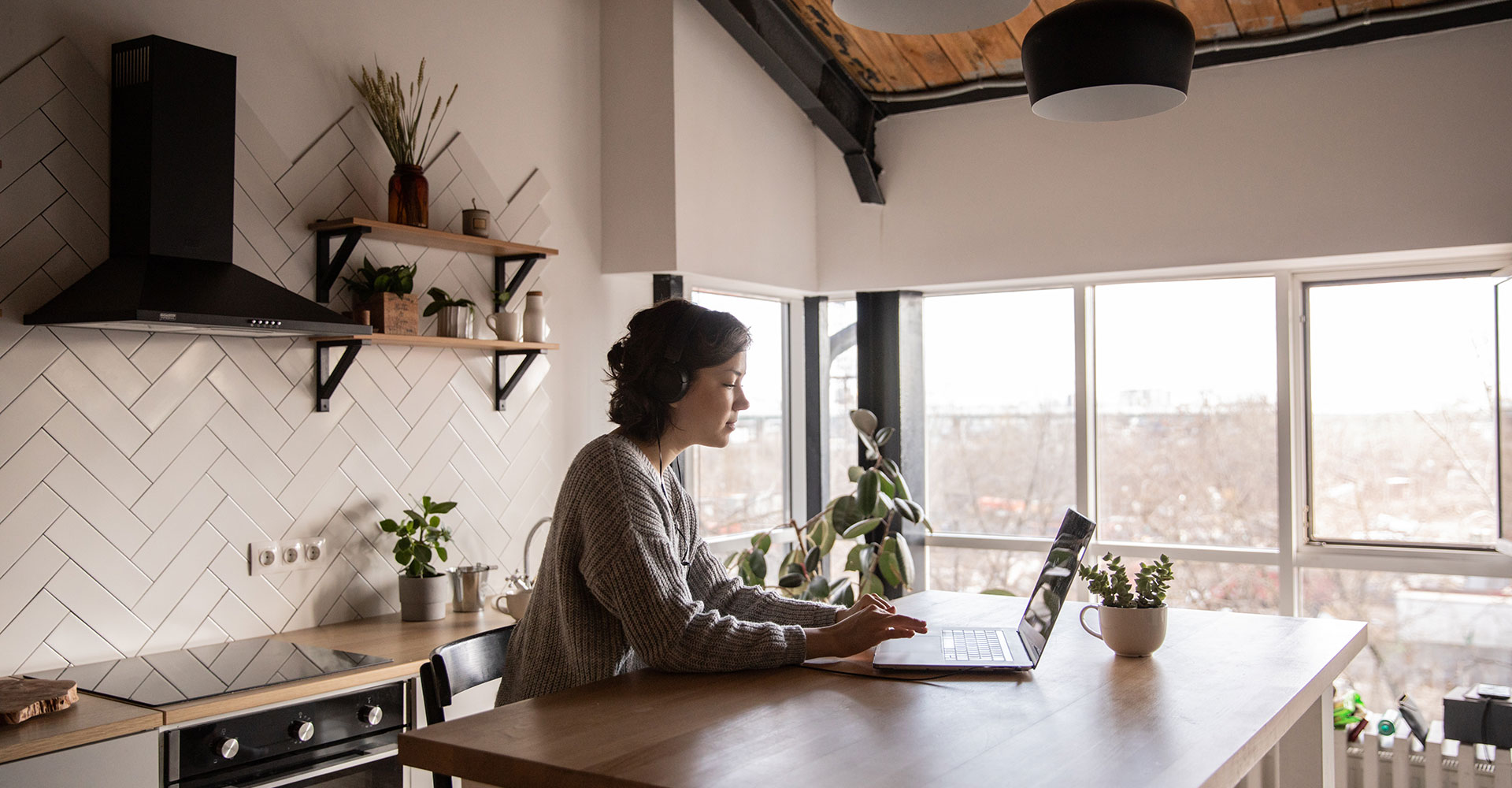Several years ago, the global health crisis forced retailers and consumers to rethink their approaches to shopping. Brick-and-mortar stores closed temporarily as the COVID pandemic accelerated digital transformation — and a pivot to e-commerce.
We began to see brands focus on delivering engaging, immersive shopping experiences. Last year included the rise of the metaverse as another vehicle for elevating the consumer experience. And the trend of combining the convenience of e-commerce with the best of in-store will continue.
What does this trend mean for retailers? More investments in technology. The hybrid omnichannel shopping model that combines digital and physical (or phygital) remains popular among consumers. According to Salesforce, customers use an average of nine channels (social media, websites, text, and emails) to interact with companies, and 78% use multiple channels to make a purchase. An IBM/NRF survey found that 25% of shoppers like the hybrid approach.
And while it might seem counterintuitive for CRE investors and professionals to embrace ecommerce at the risk of killing brick and mortar stores, technology has the potential to brighten the outlook and elevate in-store shopping experiences. Here’s how.
3D Printing
If you’ve visited any t-shirt shop along one of the Jersey boardwalks, you know it’s the perfect place to buy a custom shirt. Imagine the possibility for that personalization to extend to larger retailers. 3D technology continues to evolve at breakneck speed—and brands have been exploring how to put it to good use.
For example, in 2017, Adidas launched its first shoe with a 3D-printed midsole. Last year the company continued pushing boundaries with its new 3D printed midsole performance shoe: the 4DFWD runner. IKEA has used 3D printing for years, and certain fashion brands—like Kornit Digital—and designers are incorporating the tech into their designs. As the technology continues to be refined, more brands may add the larger 3D printers to their brick-and-mortar stores to print custom-fitted and designed merchandise on demand for consumers.
Autonomous Vehicles
Self-driving vehicles have been in development for years. Imagine applying this technology to create mobile warehouses that, combined with predictive analytics, can help individual stores manage their inventory and merchandise. Store managers will be better equipped to keep up with demand and shoppers will be less likely to suffer disappointment because a product they want isn’t in stock.
Warehouses already rely on autonomous vehicles integrated into their management systems, automated storage and retrieval systems, and conveyors. These vehicles work on-demand and 24/7 without the need for breaks, and they’re generally pretty low maintenance as well. While retail giants like Amazon have used automated guided vehicles (AGVs) for years, mid-sized businesses have joined the large-scale warehouses to incorporate autonomous vehicles to their workforces.
Natural Language Processing (NLP)
This artificial intelligence (AI) tool enables computers to understand, process, and respond to human speech. AI-powered chatbots already use machine learning (ML) and NLP to answer questions and help customers.
Retailers can use this tech to improve customer service in their brick-and-mortar stores, too. Mobile apps and kiosks can generate virtual store representatives to offer customer support. Stores might opt to hire fewer human employees, which may give buyers and tenants the flexibility to choose properties with smaller break areas, for example.
Predictive Analytics
Computers rely on this AI function to make predictions informed by past shopper behavior or data. Predictive analytics already plays a big part in the recommendations we see from streaming services like Netflix or Spotify. And e-commerce has used predictive analytics for years, too, making recommendations for other products based on past purchases and browsing history.
In-store shopping, however, has been different — human salespeople are available to assist and suggest. But imagine accessing a kiosk or app that has the technology to give targeted recommendations in the store. Virtual customer service will offer add-ons or other product choices, too.
Predictive analytics can help with inventory management also, enabling stores to more effectively track their stock and know, in real time, what products need replenishing. More efficient inventory management could lead to a decreased size requirement for stockrooms. And stores will also need to think about floorplans and layouts to optimize customers’ use of technology as they browse in person.
Brokers with retail clients will also benefit from predictive analytics, which can simplify or streamline prospecting and location analysis processes.
Sensors and Behavior Tracking
Cameras, infrared sensors and wi-fi allow retailers to track in-store shopper behavior. Through this motion tracking, leadership gains a better picture of how people shop and can leverage that data to create more seamless purchase processes.
As this technology evolves, retailers will gain access to even more rich data with which to optimize visual merchandising in their stores. And those customer patterns will help inform where to put products for maximum effect, benefitting consumers looking for different items and stores wanting to grow profits.
Another benefit to sensors and behavior tracking? It can help retailers identify where their spaces work less effectively. Retailers might opt to relocate to other existing (and empty) storefronts and optimize them to align with customer behavior patterns.
Virtual Reality
When you think of virtual reality (VR), you might picture video games and Oculus Quest headsets. It’s also used for real estate — with some buyers and agents using it to tour homes virtually. But imagine its potential for shopping. It already enables consumers to try on clothing or see how furniture fits into their homes.
Retailers see other potential as well. VR and augmented reality (AR) may allow retailers to reduce the size of their storefronts because they won’t need the same amount of physical space to display and store merchandise. Some brands may opt to focus more on the shopping experience than on keeping stock on hand — a trend that may create more demand for warehouses.
Yahoo Finance (2022) projects that “the AR in retail market, covering segments such as apparel, furniture, grocery, and more, will increase $9.24B during the forecasted period between 2021 to 2026 with 32% of this growth originating from North America.”
Modern consumers value the shopping experience above nearly everything else. They expect a seamless, omnichannel experience along each stage of the buyer journey. Brands and retailers investing in technologies that enhance the shopping experience position themselves best to meet their customers’ expectations.
Are you a commercial real estate investor or looking for a specific property to meet your company’s needs? We invite you to talk to the professionals at CREA United: an organization of CRE professionals from 92 firms representing all disciplines within the CRE industry, from brokers to subcontractors, financial services to security systems, interior designers to architects, movers to IT, and more.

